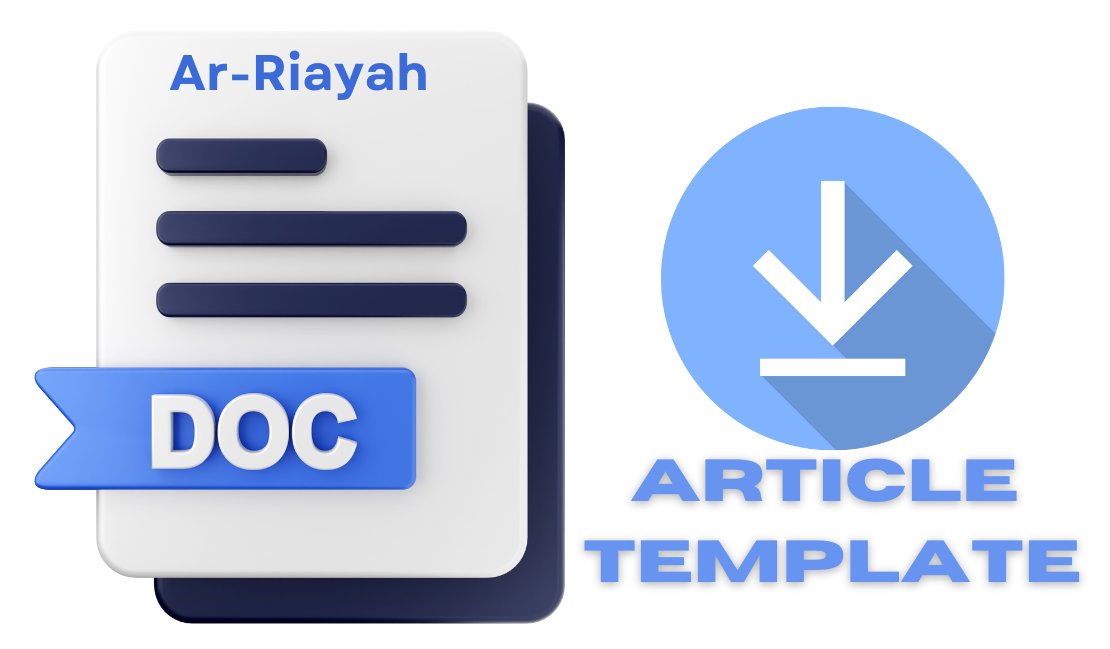Analisis Kesulitan Belajar Siswa pada Mata Pelajaran Matematika Kelas II Sekolah Dasar
DOI:
https://doi.org/10.29240/jpd.v8i2.10311Keywords:
Kesulitan Belajar, MatematikaAbstract
One of the most important sciences for humans is mathematics. Mathematics has been taught to students from elementary level or Primary School to high level or College. Its existence is essential to humanity because all human behavior is independent of mathematics. One of the learning materials in mathematics lessons for the elementary level is the operation of addition and subtraction in length. This material is now an important component of mathematics subjects in school. But in fact, it turns out that the level of mastery of this material among students is still very low. In addition, mathematics is still a scourge in itself because many students consider it a difficult subject for many reasons. Therefore, the purpose of this study is to analyze the problem of difficulties in learning mathematics that occur in students in material of long stacked addition and subtraction operations. This research method uses qualitative research that takes a case study approach. The subject of this study was a student who was in grade II elementary school with the initials AS. The data collection procedure includes (1) interviews, (2) observations, (3) tests, and (4) documentation. In this study showed that subjects had difficulty learning in long addition and subtraction operations. Such difficulties include difficulty understanding concepts of matter, as well as a lack of memory and interest in learning mathematics that cause the subject confusion when working on mathematical issues related to the matter.
Downloads
References
Akhmad Aji Pradana and Jazilatul Ummah. “Pengaruh Media Sempoa Terhadap Kemampuan Operasi Hitung Pengurangan Siswa Kelas II MI.†PREMIERE : Journal of Islamic Elementary Education 2, no. 1 (July 11, 2020): 94–102. https://doi.org/10.51675/jp.v2i1.89.
Amir, Almira, and M Si. “Pembelajaran Matematika SD dengan Menggunakan Media Manipulatif,†2014.
Assyakurrohim, Dimas, Dewa Ikhram, Rusdy A Sirodj, and Muhammad Win Afgani. “Metode Studi Kasus dalam Penelitian Kualitatif.†Jurnal Pendidikan Sains dan Komputer 3, no. 01 (December 21, 2022): 1–9. https://doi.org/10.47709/jpsk.v3i01.1951.
Ermayani, Yeyen, and Agil Al Idrus. “Meningkatkan Kemampuan Dasar Matematika Anak Melalui Macer (Matematika Ceria) di Desa Nijang.†Jurnal Pengabdian Magister Pendidikan IPA 3, no. 2 (January 18, 2021). https://doi.org/10.29303/jpmpi.v3i2.587.
Institut Agama Islam Ma’arif NU (IAIMNU) Metro, Shinta Saputri, Eka Fitria Ningsih, Institut Agama Islam Ma’arif NU (IAIMNU) Metro, Santi Widyawati, and Institut Agama Islam Ma’arif NU (IAIMNU) Metro. “Analisis Kesulitan Anak Tunagrahita dalam Menyelesaikan Soal Operasi Penjumlahan di Sekolah Luar Biasa (SLB) Harapan Ibu Metro.†MaPan 5, no. 2 (December 28, 2017): 187–200. https://doi.org/10.24252/mapan.v5n2a3.
Jediut, Mariana, Fransisika Jaiman Madu, and Marlinda Mulu. “Problematika Pembelajaran Matematika Siswa Kelas IV SD,†n.d.
Kamarullah, Kamarullah. “Pendidikan Matematika di Sekolah Kita.†Al Khawarizmi: Jurnal Pendidikan dan Pembelajaran Matematika 1, no. 1 (June 1, 2017): 21. https://doi.org/10.22373/jppm.v1i1.1729.
Kasiyan, -. “Kesalahan Implementasi Teknik Triangulasi pada Uji Validitas Data Skripsi Mahasiswa Jurusan Pendidikan Seni Rupa FBS UNY.†Imaji 13, no. 1 (March 26, 2015). https://doi.org/10.21831/imaji.v13i1.4044.
Khaeroni. “Ragam Permasalahan Dalam Pembelajaran Operasi Hitung Bilangan Bulat Di SD/MI.†PRIMARY 07, no. 02 (July 2015): 187–206.
Nisa, Annisa, Zubaidah Amir Mz, and Rian Vebrianto. “Problematika Pembelajaran Matematika di SD Muhammadiyah Kampa Full Day School.†el-Ibtidaiy:Journal of Primary Education 4, no. 1 (May 1, 2021): 95. https://doi.org/10.24014/ejpe.v4i1.11655.
Pujaastawa, Ida Bagus Gde. Teknik Wawancara Dan Observasi Untuk Pengumpulan Bahan Informasi. Bali: Universitas Udayana, 2016.
Setyawan, Agung, Qisnah Arsilah Novitri, Silfi Rahartini Eka Pratiwi, Mardhatilla Birrul Walidain, and Moh. Agus Khoirul Anam. “Kesulitan Belajar Siswa Di Sekolah Dasar (SD).†Jurnal Pendidikan Dasar (JUPENDAS) 2, no. 2 (2020): 155–63.
Suartini, Ni Ketut, Putu Beny Pradnyana, and Pande Kadek Ardiani. “Analisis Bahan Ajar Matematika pada Materi Pengurangan dan Penjumlahan Siswa Kelas III SD No. 1 Pelaga Tahun 2022,†2022.
Susanti, Yuliana. “Pembelajaran Matematika dengan Menggunakan Media Berhitung di Sekolah Dasar dalam Meningkatkan Pemahaman Siswa†2 (2020).
Wildaniati, Yunita. “Pembelajaran Matematika Operasi Hitung Bilangan Bulat dengan Alat Peraga,†n.d.
Wulandari, Fifi Aris, Urip Meilina Kurniawati, and Moh. Agung Rohimawan. “Problematika Mata Pelajaran Matematika dalam Pembelajaran Tematik di Sekolah Dasar/Madrasah Ibtidaiyah.†Refleksi Edukatika : Jurnal Ilmiah Kependidikan 11, no. 1 (December 9, 2020): 109–15. https://doi.org/10.24176/re.v11i1.4945.
Yeni, Ety Mukhlesi. “Kesulitan Belajar Matematika di Sekolah Dasar†2, no. 2 (2015).
Downloads
Published
How to Cite
Issue
Section
Citation Check
License
Copyright (c) 2024 Aulia Fahradilla, Fitri Yuliawati, Shinta Khoirinimah

This work is licensed under a Creative Commons Attribution-NonCommercial-ShareAlike 4.0 International License.
Authors who publish with Ar-Riayah: Jurnal Pendidikan Dasar agree to the following terms:
Authors retain copyright and grant the journal right of first publication with the work simultaneously licensed under a Creative Commons Attribution-NonCommercial-ShareAlike 4.0 International License (CC BY-NC-SA 4.0) that allows others to share the work with an acknowledgment of the work's authorship and initial publication in this journal.
Authors are able to enter into separate, additional contractual arrangements for the non-exclusive distribution of the journal's published version of the work (e.g., post it to an institutional repository or publish it in a book), with an acknowledgment of its initial publication in this journal.
- Authors are permitted and encouraged to post their work online (e.g., in institutional repositories or on their website) prior to and during the submission process, as it can lead to productive exchanges, as well as earlier and greater citation of published work (See The Effect of Open Access).










